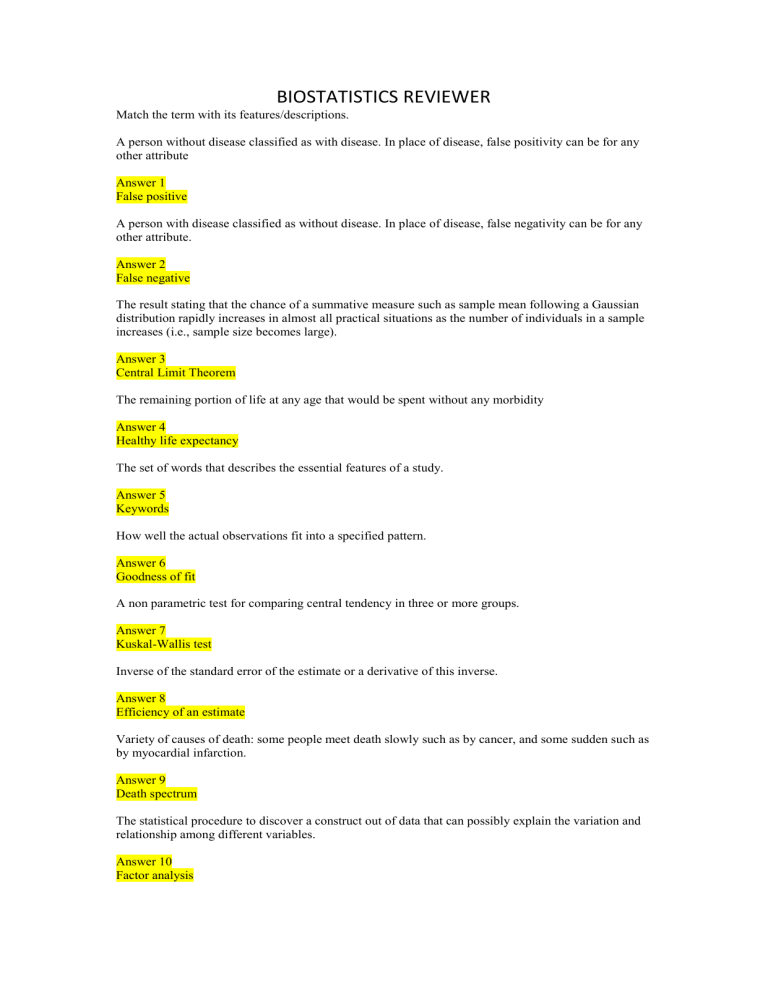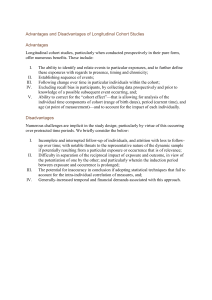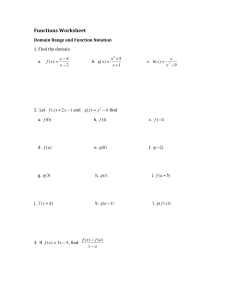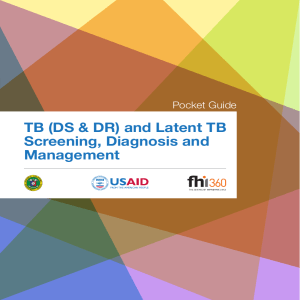
BIOSTATISTICS REVIEWER Match the term with its features/descriptions. A person without disease classified as with disease. In place of disease, false positivity can be for any other attribute Answer 1 False positive A person with disease classified as without disease. In place of disease, false negativity can be for any other attribute. Answer 2 False negative The result stating that the chance of a summative measure such as sample mean following a Gaussian distribution rapidly increases in almost all practical situations as the number of individuals in a sample increases (i.e., sample size becomes large). Answer 3 Central Limit Theorem The remaining portion of life at any age that would be spent without any morbidity Answer 4 Healthy life expectancy The set of words that describes the essential features of a study. Answer 5 Keywords How well the actual observations fit into a specified pattern. Answer 6 Goodness of fit A non parametric test for comparing central tendency in three or more groups. Answer 7 Kuskal-Wallis test Inverse of the standard error of the estimate or a derivative of this inverse. Answer 8 Efficiency of an estimate Variety of causes of death: some people meet death slowly such as by cancer, and some sudden such as by myocardial infarction. Answer 9 Death spectrum The statistical procedure to discover a construct out of data that can possibly explain the variation and relationship among different variables. Answer 10 Factor analysis An international organisation of producers and consumers of medical research that helps to clarify the research achievements, particularly health care interventions such as drugs, diet alteration and behavior change Answer 11 Cochrane Collaboration A summary of the death and survival pattern of a group of people—generally for the entire population of an area, but can be used for patients of a particular disease also. Answer 12 Life table The statistical procedure to classify units or individuals into groups such that the units are similar within each group but dissimilar across groups: generally used when the number and nature of the groups are not known. Answer 13 Cluster analysis The first could be called missed diagnosis and the second as misdiagnosis. In place of healthy/diseased this could be any other categorization. Answer 14 Misclassification An extraneous factor that could be an explanation of the outcome of interest in addition to the factor under study so that its effect can not be differentiated from the other: such as dietary factors when examining relationship between smoking and cervical cancer. Presence of unaccounted confounders decreases the validity of a study. Answer 15 Confounder The tendency of getting poor output or poor outcome when the inputs or efforts are poor. Answer 16 Garbage-in, garbage-out syndrome The set of characteristics such as age, disease and severity, which are necessary in a subject to be considered eligible for inclusion in the study. Answer 17 Inclusion criteria The probability of occurrence of an event such as disease when some a-priori information such as signsymptoms are known: denoted by P(A/B) where after slash (/) sign is what is known a-priori. Answer 18 Conditional probability A prospective study of a cohort for a specified period, generally to observe the occurrence of an outcome of interest, and thereby determine the incidence. Answer 19 Cohort study Identification data of a document containing the authors‘ name, title, publication name, volume, publication date, page numbers, etc. Answer 20 Citation The process of reaching to a decision after considering probabilities of various outcomes and value judgments regarding the utility of those outcomes. Answer 21 Decision analysis The frequency of desired outcome per unit of resource inputs such as time, money and manpower. Answer 22 Efficiency A procedure of combining evidence in different reports on the same aspect. If different trials on the same regimen report varying efficacy, they can be combined to come to a unified conclusion, which may command substantially more confidence than result of any one of the individual trials. Answer 23 Meta-analysis A less scientific but a quick method to arrive at a consensus among experts. Answer 24 Delphi method A trial with the objective to examine if a new regimen is different from another regimen by more than a prespecified medically unimportant margin. Answer 25 Equivalence trial







